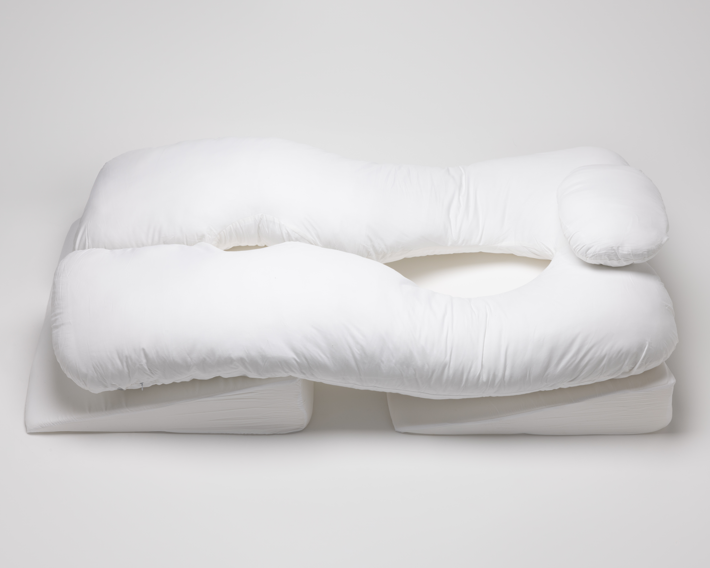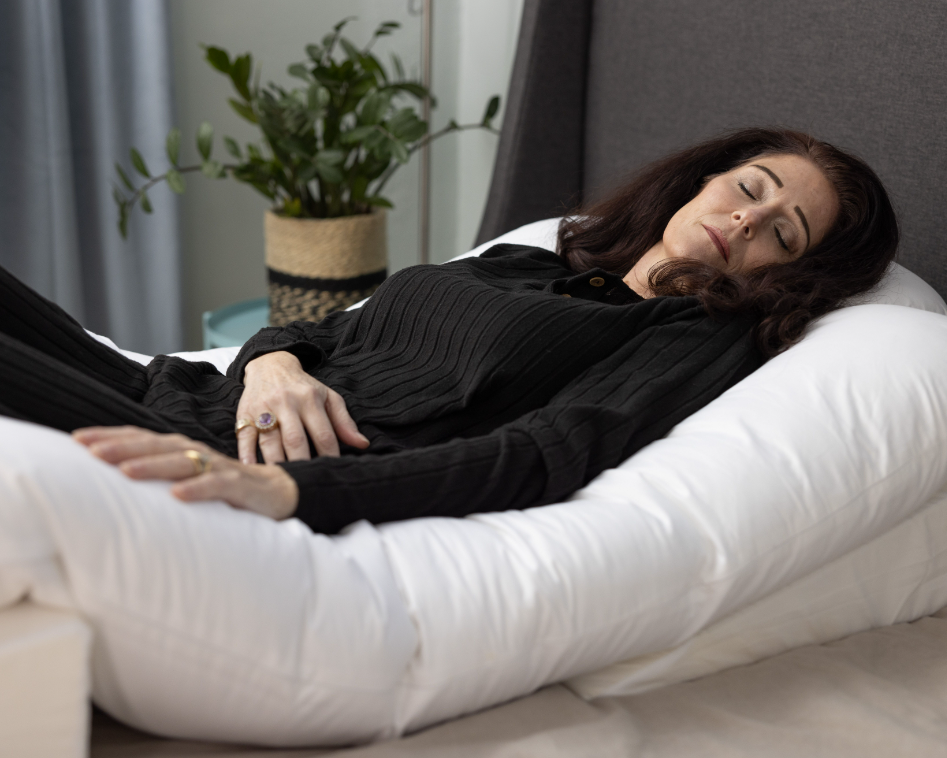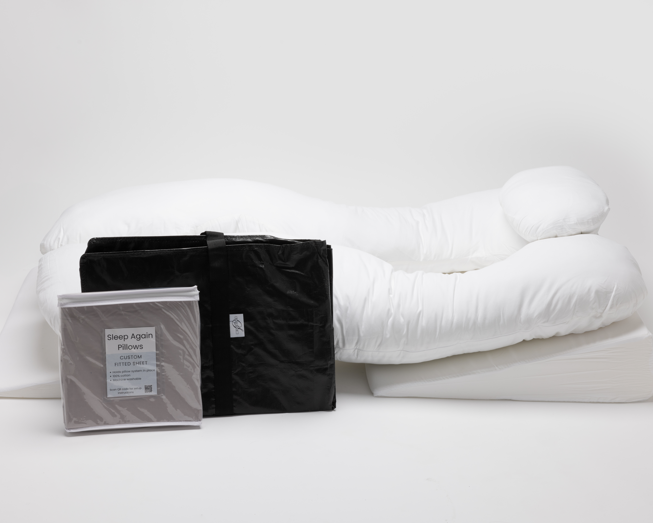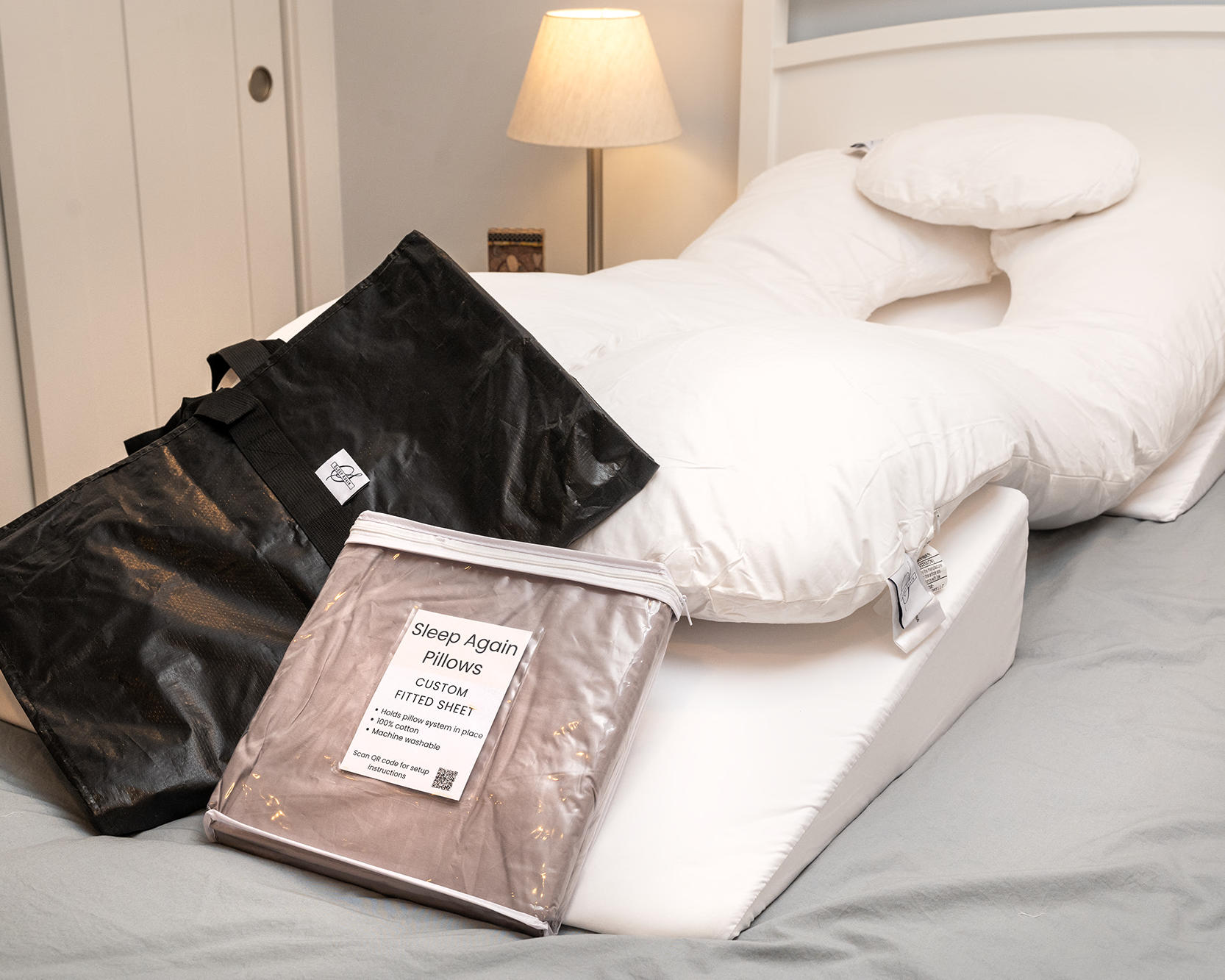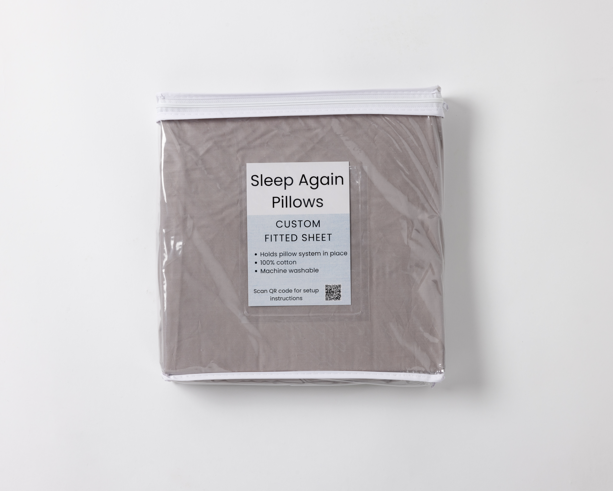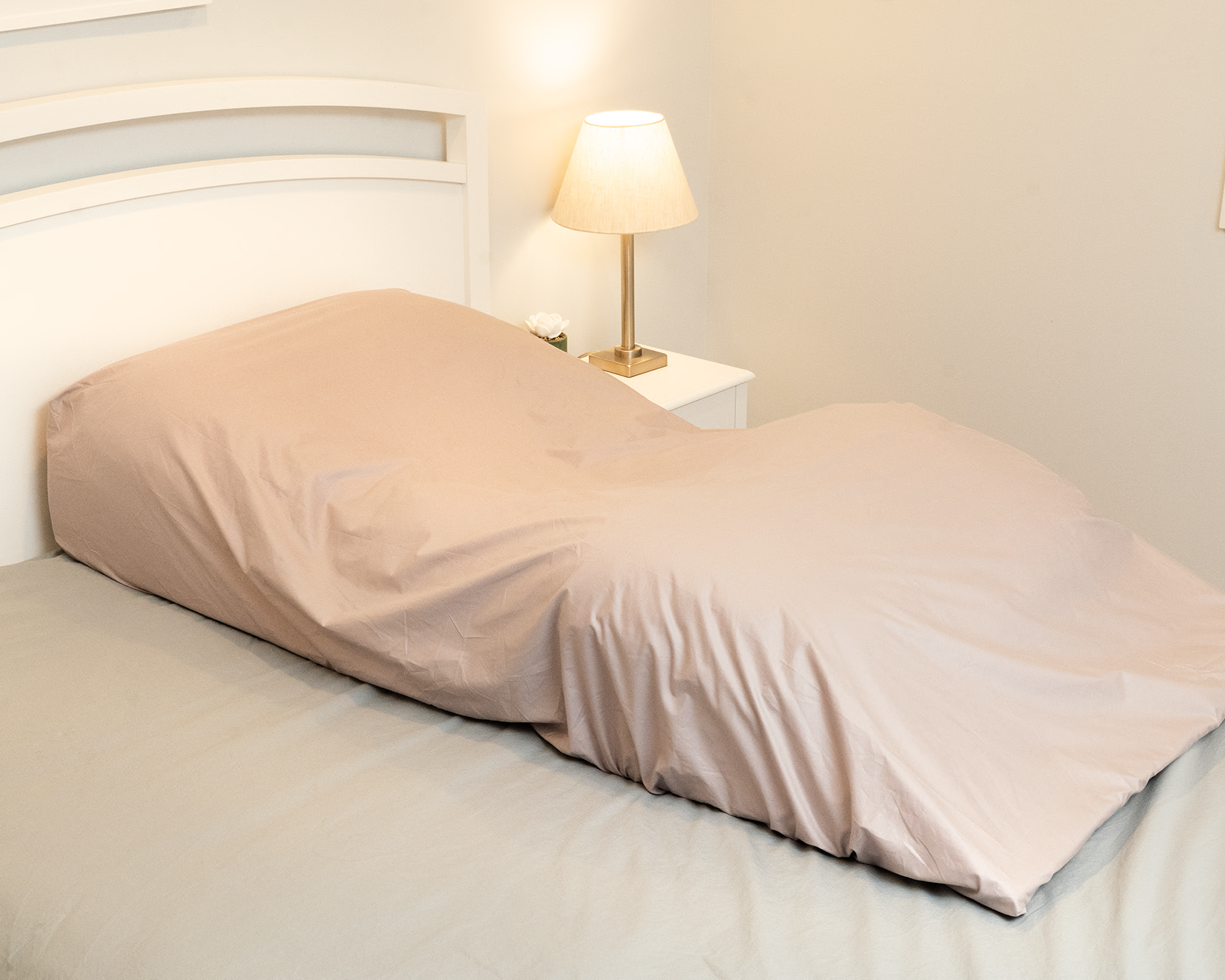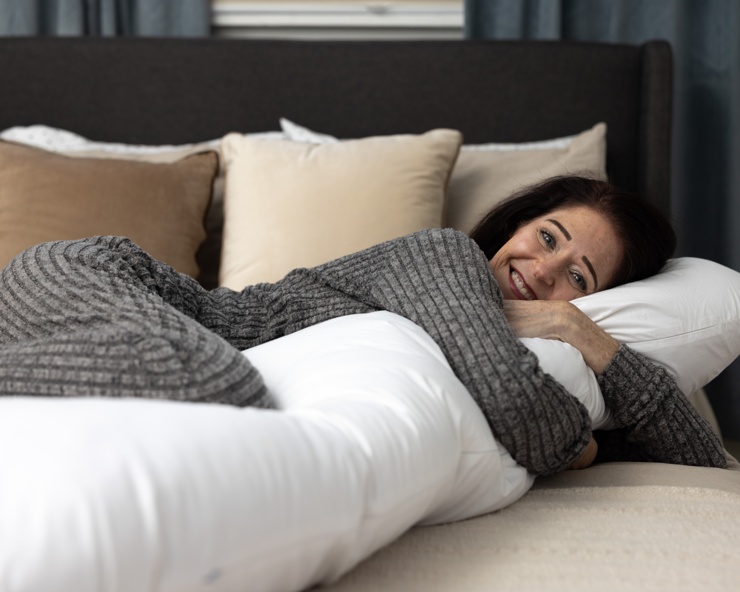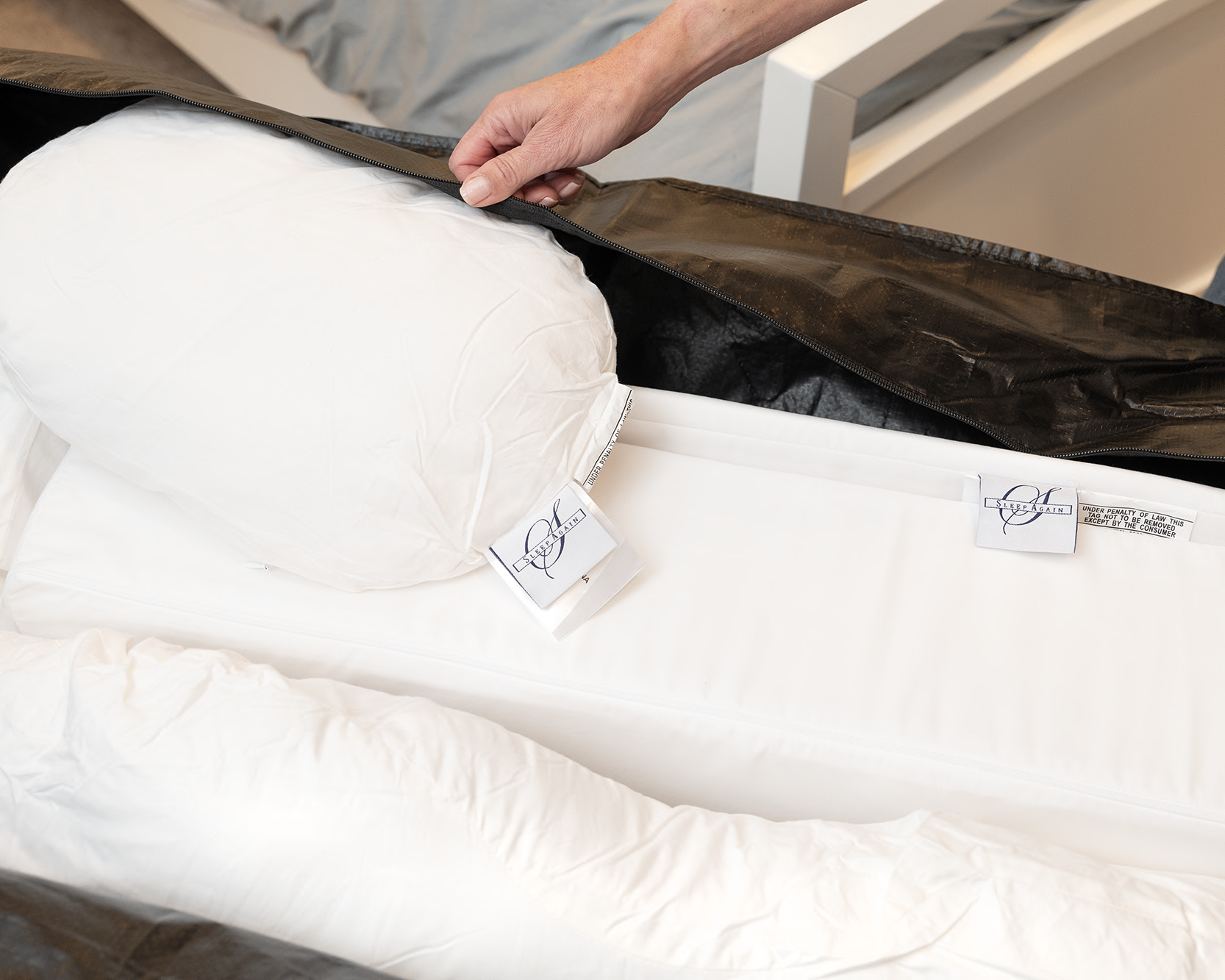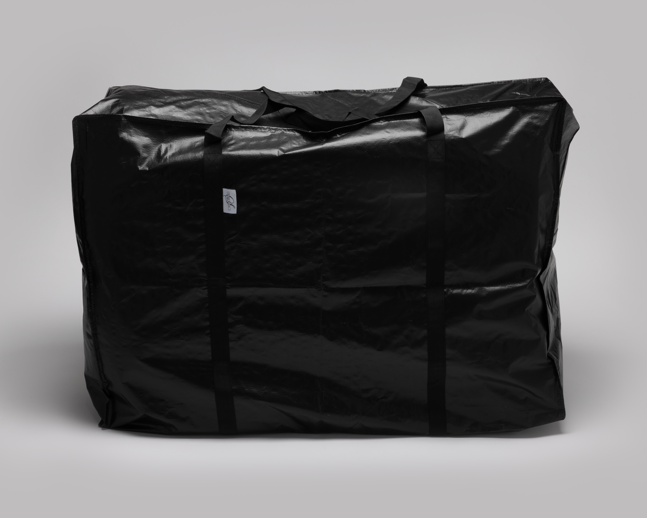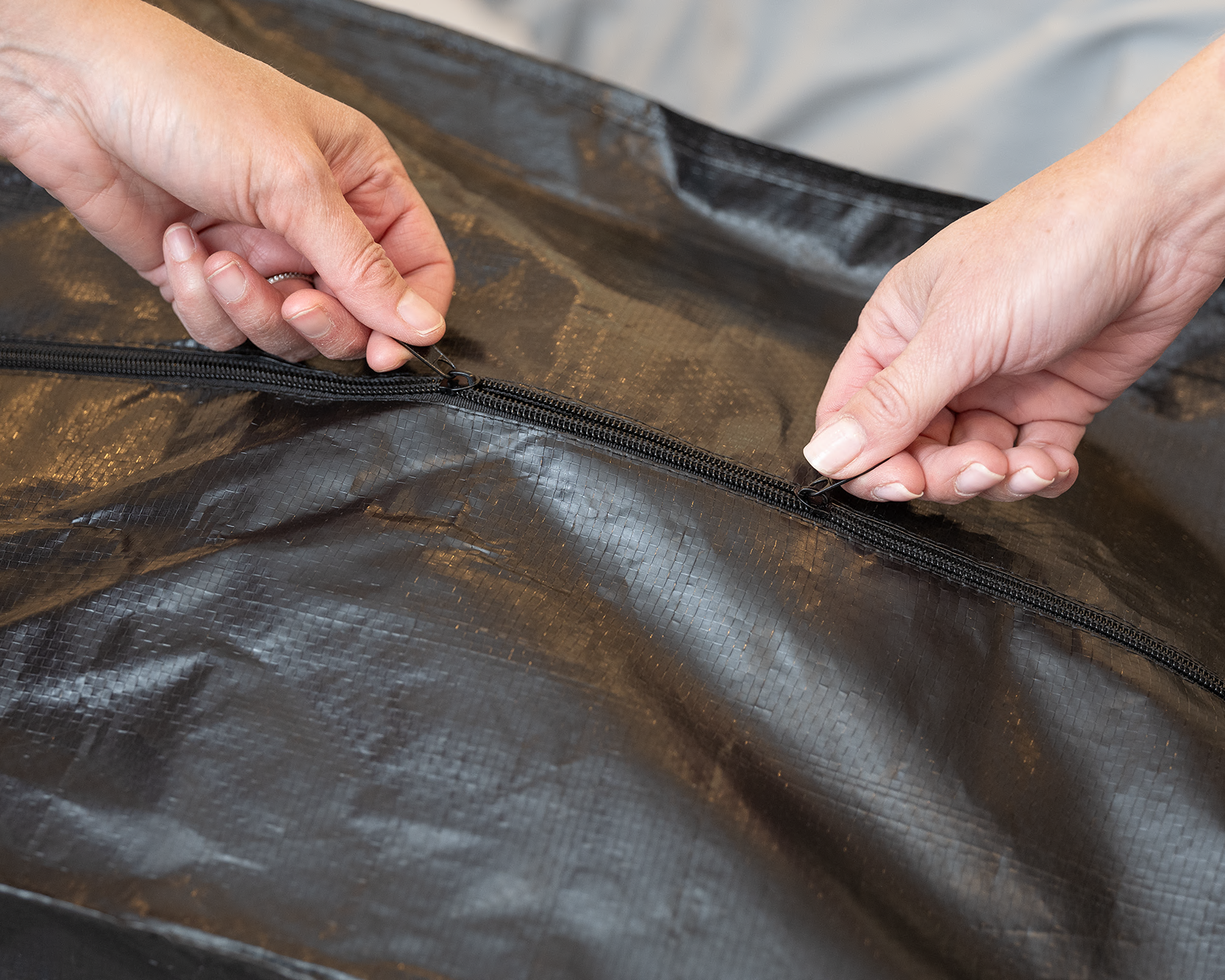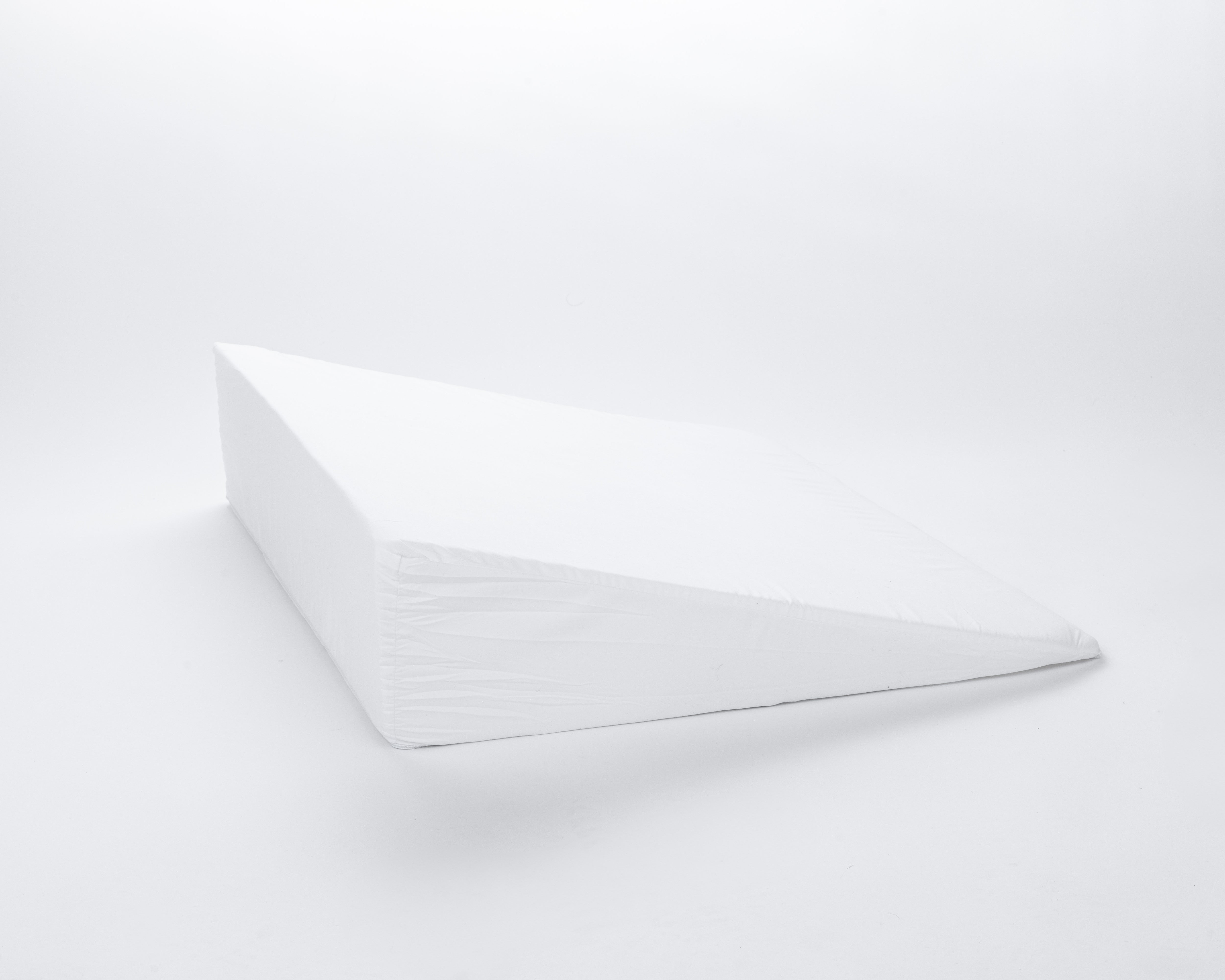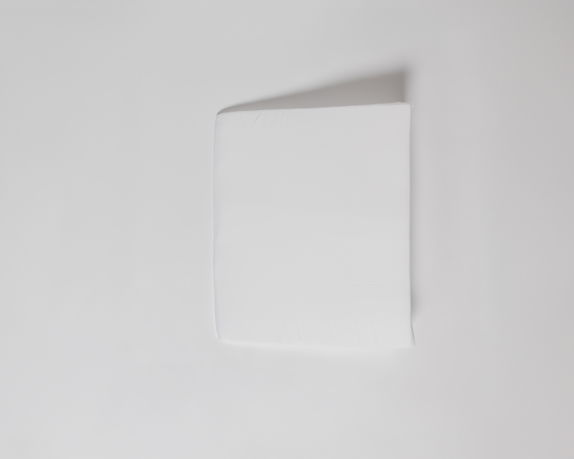Stop Suffering in Silence with SI Joint Pain
Picture this: You've tried the stretches, swallowed the supplements, endured the therapy sessions, and maybe even contemplated some very creative curse words directed at your sacroiliac joint. Yet night after night, you still wake up feeling like your lower back has staged a rebellion. Here's the plot twist in your pain story—the 8 hours you spend supposedly "resting" might actually be when you're doing the most damage to your SI joints.
If you've been waking up feeling like your lower back has been hijacked by a vengeful villain, your sleep position might be both the culprit and—surprisingly—your ticket to relief. While you're dreaming of pain-free days, your sleeping posture could be quietly sabotaging your recovery efforts or, with the right approach, becoming your most powerful ally in the battle against SI joint pain.
The Mysterious Sacroiliac Joint: Anatomy's Hidden Troublemaker
Before we dive into how you should be sleeping, let's get acquainted with this often-misdiagnosed source of discomfort. The sacroiliac (SI) joints are where your sacrum (the triangular bone at the base of your spine) meets your ilium (part of your pelvis) on each side. These joints are surprisingly small given the amount of trouble they can cause—each just a few inches long.
These joints don't have much mobility—they typically move only 2-4 millimeters during movement—but they play a crucial role in transferring the load of your upper body to your lower limbs. Think of them as the middlemen in the business deal between your spine and your legs. And like many middlemen, when they're unhappy, everybody suffers.
The SI joints are held together by a complex network of ligaments and muscles that provide stability. When these joints become inflamed or misaligned, the result is the characteristic pain that radiates across your lower back and sometimes down into your buttocks and legs.

SI Joint Pain: When Your Body's Foundation Gets Shaky
Common Causes: More Than Just Bad Luck
SI joint dysfunction isn't just something that happens randomly. Several factors can contribute to this particularly annoying form of pain:
-
Pregnancy and childbirth: The hormone relaxin, which helps prepare the body for childbirth, loosens the ligaments around the SI joints. This is great for having babies, not so great for joint stability.
-
Leg length discrepancy: If one leg is shorter than the other (more common than you might think), it can cause misalignment of the pelvis and strain on the SI joints.
-
Altered gait patterns: Limping or walking differently due to other injuries can throw off your biomechanics and stress your SI joints.
-
Trauma: Falls, especially those where you land on your buttocks, can directly impact the SI joints.
-
Arthritis: Various forms of arthritis can affect these joints just like any other in your body.
-
Previous spine surgery: Particularly fusion surgeries can change the way force is distributed across your back, potentially overloading the SI joints.
-
Repetitive stress: Certain sports or occupations that involve repetitive movements, especially twisting or lifting, can irritate these joints over time.
Symptoms: How to Know If Your SI Joint Is the Culprit
SI joint pain can be tricky to identify because it often mimics other conditions like herniated discs or hip problems. Here's what to look for:
-
Pain concentrated in the dimpled area of your lower back (where some people have "back dimples")
-
Discomfort that radiates to your buttocks, groin, or upper thighs
-
Pain that worsens when sitting for long periods
-
Increased pain when transitioning from sitting to standing
-
Stiffness in your lower back, especially in the morning
-
A feeling of instability in your pelvis or lower back
-
Pain that increases with weight-bearing activities on one leg
One telltale sign that separates SI joint pain from other back issues: the pain typically stays below the L5 vertebra (the lowest lumbar vertebra) and doesn't radiate past the knee.
Diagnostic Tests: Confirming What You Already Suspect
If you're experiencing symptoms and suspect your SI joint might be the source of your woes, several diagnostic approaches can help confirm it:
-
Physical examination: A healthcare provider may perform specific provocation tests such as:
-
FABER test (Flexion, Abduction, External Rotation)
-
Gaenslen's test
-
Compression test
-
Distraction test
-
Thigh thrust test
-
Imaging studies:
-
X-rays: While they don't show the soft tissues, they can rule out other conditions.
-
MRI: Can reveal inflammation around the SI joints.
-
CT scan: Provides detailed images of the bony structures.
-
Diagnostic injections: Often considered the gold standard for diagnosis. If an injection of local anesthetic directly into the SI joint relieves your pain, that's strong evidence that the joint is the source of your problems.

The Sleep Connection: Why How You Snooze Matters
Here's where things get personal—your mattress and pillow choices aren't just about comfort; they're medical decisions when SI joint pain is involved.
The Nighttime Sabotage: How Poor Sleep Positions Make SI Pain Worse
Let's not sugarcoat it: some of your favorite sleep positions might be your SI joint's worst nightmare.
Stomach sleeping puts your spine in an unnatural extended position, rotating your pelvis forward and placing additional stress on your SI joints throughout the night. It's like asking your already irritated joints to work an overnight shift.
Side sleeping, while better than stomach sleeping, can still be problematic if not done correctly. When you sleep on your side without proper support, your top leg can drag your pelvis down, creating a rotational force on your SI joints. That's eight hours of subtle but persistent strain.
Inconsistent sleep positions can also be troublemakers. If you're tossing and turning throughout the night, your SI joints never get a chance to rest in a stable position, potentially increasing inflammation.
The Back-Sleeping Advantage: Your SI Joints' Best Friend
Here's the good news: back sleeping, when done properly, is like a vacation for your SI joints. When you lie on your back with proper support:
-
Your pelvis remains in a neutral position
-
Weight is distributed evenly across both SI joints
-
Your spine maintains its natural curves
-
Pressure points are minimized
-
Muscular tension around the joints can release
Studies have consistently shown that neutral spine alignment during sleep not only helps alleviate existing pain but can prevent future episodes. Your SI joints are most stable when they're in their natural anatomical position—exactly what proper back sleeping provides.

The Perfect Position: Engineering Your Sleep for SI Joint Relief
Now that we know back sleeping is ideal, let's get specific about how to optimize this position for maximum pain relief.
The Ideal Back-Sleeping Setup
To transform your bed into an SI joint sanctuary:
-
Start with a medium-firm mattress: Too soft, and your body sinks in unevenly; too firm, and you create pressure points. Research published in the Journal of Chiropractic Medicine found that medium-firm mattresses were optimal for reducing lower back pain.
-
Place a small, flat pillow under your knees: This slightly flexes your knees, which in turn helps maintain the natural curve in your lower back and reduces pressure on your SI joints.
-
Support your neck properly: Your pillow should fill the space between your neck and the mattress while keeping your head aligned with your spine—not pushed forward or allowed to tilt back.
-
Consider bolsters on either side: These can help prevent you from rolling onto your side during sleep, maintaining that optimal back position throughout the night.
-
Use a Full-Body Pillow System: Incorporating multiple components, a full-body pillow system supports your body’s optimal alignment, lessening SI joint pain and the supporting back sleeping position throughout the night.

The Sleep Again Pillow System: Engineered for SI Joint Relief
While the general principles above apply to everyone, the Sleep Again Pillow System takes SI joint sleep support to the next level with its specialized design. Unlike standard pillows, the Sleep Again system:
-
Provides targeted support to maintain optimal spinal alignment from head to sacrum
-
Incorporates stabilizing elements that gently secure your pelvis in a neutral position throughout the night
-
Features adjustable components that can be customized to your body's specific needs
-
Uses responsive materials that adapt to your movements while maintaining support
-
Includes specially designed components for those who find back sleeping initially uncomfortable
The system essentially creates a personalized sleep environment that addresses the specific biomechanical challenges of SI joint dysfunction, rather than just offering generic support.
The Science of Spinal Alignment During Sleep
The benefits of proper sleep positioning aren't just anecdotal—they're grounded in biomechanics and physiology.
The Pressure Problem
Pressure mapping studies have shown that improper sleep positions can increase pressure on sensitive areas by up to 60%. For SI joints that are already inflamed, this additional pressure throughout the night can significantly worsen symptoms.
When you maintain proper spinal alignment during sleep, pressure is distributed more evenly across the back, reducing concentrated force on the SI joints. Research using pressure-sensitive mats has demonstrated that back sleeping with proper support reduces peak pressure points by nearly 40% compared to improper side or stomach sleeping.
The Inflammatory Cycle
Sleep is also when your body does much of its repair work. During deep sleep phases, inflammation typically subsides as your body releases anti-inflammatory compounds. However, if you're in a position that continually stresses your SI joints, this natural healing process is compromised.
A 2018 study published in the European Spine Journal found that participants who improved their sleep positioning showed measurable reductions in inflammatory markers compared to those who continued with poor sleep posture.
Muscle Memory and Recovery
Another fascinating aspect of sleep positioning involves muscle memory. When your body spends hours in proper alignment, the muscles supporting your SI joints begin to "remember" this correct positioning, making it easier to maintain better posture during waking hours as well.
The Sleep Again Pillow System works with this principle, essentially "training" your body to maintain healthier alignment even when you're not using it.
Transitioning Tips: Becoming a Back Sleeper When You're Not One Naturally
If you've spent your life as a dedicated side or stomach sleeper, transitioning to back sleeping can feel strange at first. Here's how to make the change more manageable:
For Former Stomach Sleepers
-
Start with a transitional position: Try sleeping at a 45-degree angle supported by pillows, then gradually move toward lying flatter on your back.
-
Use a body pillow: Hug it against your front to replicate some of the pressure sensations of stomach sleeping.
-
Try weighted blankets: The gentle pressure can help replicate the security feeling of stomach sleeping.
For Side Sleeper Converts
-
Use transitional bolsters: Place supportive pillows along your sides to provide the feeling of side sleeping while actually remaining on your back.
-
Gradually reduce side pillows: As you become more comfortable, slowly reduce the height of the side supports.
-
Focus on the health benefits: Remind yourself that you're potentially reducing years of future pain by making this change now.
The Sleep Again Pillow System includes everything you need to make this adjustment period more comfortable, speeding up the back sleeping learning curve and getting to better sleep and better healing faster than individual pillows alone.
Want to transition to back sleeping? Check out our article on How to Train Yourself to Sleep on Your Back.

Common Misconceptions About SI Joint Pain and Sleep
Let's clear up some persistent myths that might be standing between you and pain-free nights:
Myth 1: "Firm mattresses are always best for back pain."
Reality: While extremely soft mattresses can exacerbate SI joint issues, research shows that medium-firm mattresses typically provide the best support for most people with lower back pain. Your mattress should be firm enough to support your body's natural alignment but soft enough to accommodate the curves of your spine.
Myth 2: "If back sleeping hurts, it must not be right for me."
Reality: Initial discomfort when changing sleep positions is normal—it doesn't mean the position is wrong for you. Most people experience an adjustment period of 2-3 weeks when transitioning to back sleeping. The Sleep Again Pillow System is designed to minimize this adjustment period through its progressive support approach.
Myth 3: "SI joint pain means I just need to strengthen my core."
Reality: While core strength is important, SI joint dysfunction is more complex than just weak muscles. Without addressing sleep positioning, even the strongest core won't prevent the ongoing stress placed on your joints during those 6-8 hours of sleep each night.
Myth 4: "My sleep position doesn't matter as long as I'm comfortable."
Reality: Unfortunately, comfort and proper alignment don't always go hand in hand, especially at first. Your body can become accustomed to positions that are actually increasing your pain over time. The goal is to find the sweet spot where proper alignment becomes comfortable through consistent practice and proper support.
Body Types and Customized Sleep Approaches
One size definitely doesn't fit all when it comes to sleep positioning for SI joint pain. Your specific body type and proportions significantly affect how you should arrange your sleep supports.
For Those with a More Pronounced Lumbar Curve
If you have a more significant curve in your lower back (common in many women), you'll likely need:
-
Additional lumbar support to fill the gap between your lower back and the mattress
-
Potentially more substantial knee support to help rotate the pelvis to a neutral position
-
The Sleep Again Pillow System's adjustable lumbar component can be fine-tuned to match your specific curve
For Those with Broader Shoulders
If you have broader shoulders relative to your hips:
-
Your head/neck pillow may need to be higher to maintain alignment
-
Side-sleeping (if you must) will require a thicker pillow between your knees
-
The Sleep Again Pillow System includes adjustable components that account for these proportional differences and wider wedges than most pillow wedges on the market today
For Those Carrying More Weight in the Midsection
If you carry more weight around your midsection:
-
A slightly firmer mattress may provide better support
-
You might benefit from additional support under the lumbar region
-
The gradual slope design of the Sleep Again system helps distribute weight more evenly, reducing pressure points common in standard flat mattresses
Complementary Practices for SI Joint Pain Relief
While optimal sleep positioning is crucial, combining it with these complementary practices can amplify your results:
Gentle Evening Stretches
Before bed, consider these SI joint-friendly stretches:
-
Knee-to-chest: Lying on your back, gently pull one knee toward your chest, hold for 30 seconds, then switch sides. This helps relax the muscles around your SI joints.
-
Gentle spinal rotation: Lying on your back with knees bent, slowly drop your knees to one side while keeping your shoulders flat. Hold briefly, then switch sides.
-
Cat-cow: On hands and knees, alternate between arching and rounding your back to gently mobilize the entire spine.
Proper Bed Entry and Exit Technique
How you get in and out of bed can be just as important as how you sleep:
-
To get into bed, sit on the edge, then lower yourself onto your side using your arms for support. From there, roll onto your back, keeping your spine aligned.
-
To get out of bed, roll onto your side first, then use your arms to push yourself up to a sitting position before standing. This "log roll" technique minimizes rotational forces on your SI joints.
Long-Term Benefits: Beyond Just Pain Relief
Adopting proper sleep positioning doesn't just address your current SI joint pain—it offers significant long-term benefits:
Slowing Degenerative Processes
By reducing nighttime stress on your SI joints, proper sleep positioning may slow the progression of degenerative changes. Studies tracking patients with early SI joint dysfunction found that those who modified their sleep positions showed significantly slower progression of joint changes on follow-up imaging compared to those who didn't.
Improving Overall Posture
The alignment your body maintains during sleep gradually influences your daytime posture as well.
Enhancing Sleep Quality
Beyond just reducing pain, proper sleep positioning has been shown to improve overall sleep quality. Research in the Journal of Sleep Research demonstrated that participants with chronic pain who adopted optimal sleep positions experienced:
-
31% increase in deep sleep time
-
23% reduction in nighttime awakenings
-
27% improvement in self-reported sleep quality
These sleep quality improvements create a positive cycle—better sleep means better pain management, which in turn promotes even better sleep.
How the Sleep Again Pillow System Addresses SI Joint Pain
While we've touched on aspects of the Sleep Again Pillow System throughout this article, let's look more comprehensively at how its design specifically targets SI joint issues:
Multi-Zone Support Architecture
Unlike conventional pillows or even other orthopedic pillows, the Sleep Again system features distinct support zones that work together:
-
Cranial support zone: Maintains proper neck alignment without pushing the head forward (a common issue with standard pillows)
-
Shoulder accommodation region: Allows broader shoulders to settle naturally while maintaining spine alignment
-
Thoracic support curve: Gently supports the middle back, preventing flattening of the natural thoracic curve
-
Lumbar reinforcement area: Provides crucial support to the lower back, helping maintain the natural lumbar curve that takes pressure off the SI joints
-
Sacral stabilization platform: Perhaps the most important feature for SI joint sufferers, this component helps keep the sacrum and pelvis in neutral alignment throughout the night
-
Lower limb elevation component: Positions the legs to optimize pelvic tilt and minimize stress on the SI joints
Proprietary Materials
The system uses responsive materials with different densities in different zones, providing support where needed while allowing natural movement. Unlike memory foam, which can allow too much sinking in crucial areas, the Sleep Again materials provide dynamic support that responds to your body's changing needs throughout the night.
Progressive Adaptation Design
Recognizing that changing sleep habits is difficult, the system includes transitional components that can be gradually adjusted as your body adapts to healthier positions. This progressive approach has shown significantly higher compliance rates compared to conventional sleep modification approaches.
Comparing Sleep Solutions for SI Joint Pain
While the Sleep Again Pillow System offers comprehensive support, let's look at how various sleep solutions compare for addressing SI joint issues:
Standard Pillows
Pros: Inexpensive, readily available
Cons: Not designed for spinal alignment, often encourage poor positioning
SI Joint Impact: May actually worsen SI joint pain by promoting improper alignment
Orthopedic Pillows
Pros: Better than standard pillows, some spinal support
Cons: Usually focus only on neck/head positioning, missing the crucial pelvic alignment
SI Joint Impact: Partial improvement but doesn't address the complete spine-pelvis relationship
Memory Foam Mattresses
Pros: Contouring can reduce pressure points
Cons: Often too soft for optimal support, can allow excessive sinking in hip area
SI Joint Impact: Mixed results—may help with comfort but not necessarily alignment
Adjustable Beds
Pros: Versatility, can change positions
Cons: Expensive, elevation may not address the specific needs of SI joints
SI Joint Impact: Can be helpful when properly positioned, but may not provide the targeted support needed
Sleep Again Pillow System
Pros: Comprehensive approach that addresses the entire spine-pelvis relationship and supports back sleeping
Cons: Upfront investment is more costly than one pillow alone
SI Joint Impact: Specifically engineered to address the biomechanical issues underlying SI joint pain
Conclusion: Your Journey to Pain-Free Sleep
SI joint pain doesn't have to be your nightly companion. By understanding the critical relationship between sleep positioning and joint health, you can transform your nights from torture to therapy.
The key takeaways:
-
Back sleeping, when properly supported, is the optimal position for SI joint health
-
Your specific body type affects how you should configure your sleep supports
-
Transition gradually if you're not naturally a back sleeper
-
Comprehensive systems like the Sleep Again Pillow System offer advantages over piecemeal solutions
-
Complementary practices can enhance your results
Remember that changing sleep habits takes time—most people need 2-3 weeks to fully adapt to new positions. But unlike many other SI joint treatments that require ongoing therapy or medication, improving your sleep positioning is a sustainable, long-term solution that addresses a root cause rather than just managing symptoms.
Your SI joints have been working hard for you all these years. Isn't it time you gave them the restful nights they deserve?
Disclaimer: While the information in this article is based on the current understanding of SI joint dysfunction and sleep ergonomics, it's not intended to replace medical advice. Always consult with a healthcare provider about persistent pain issues.


